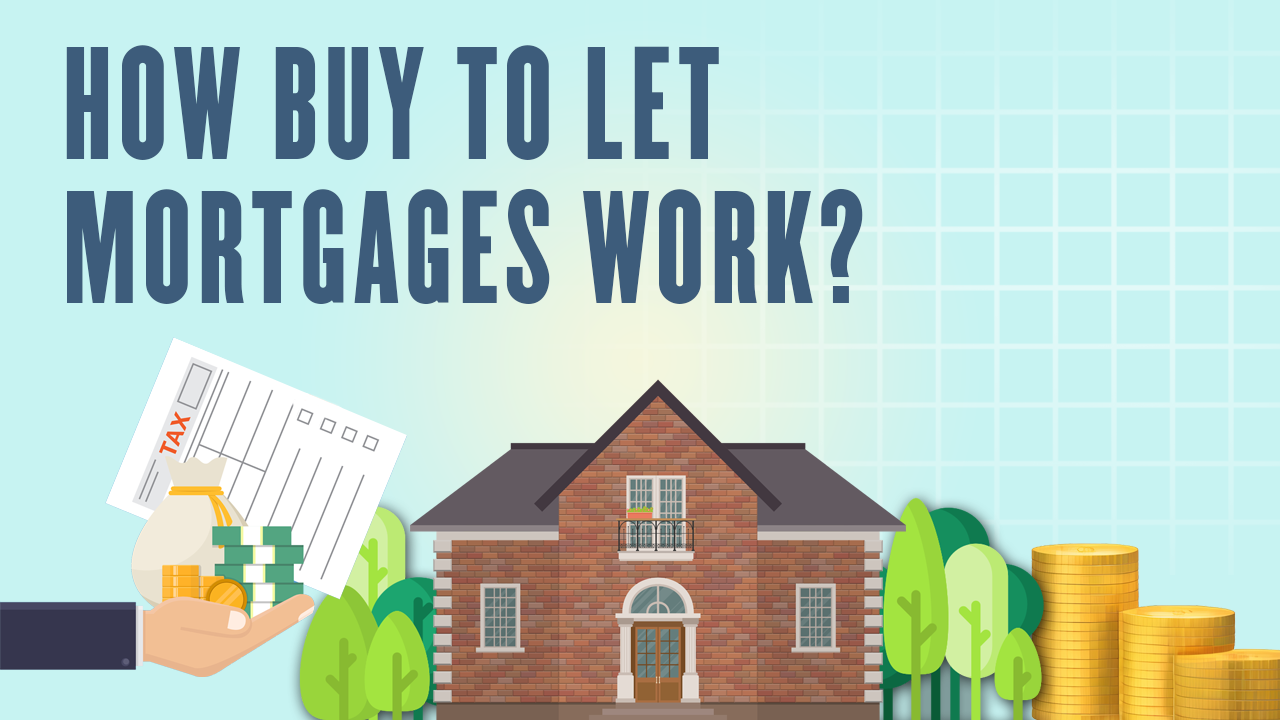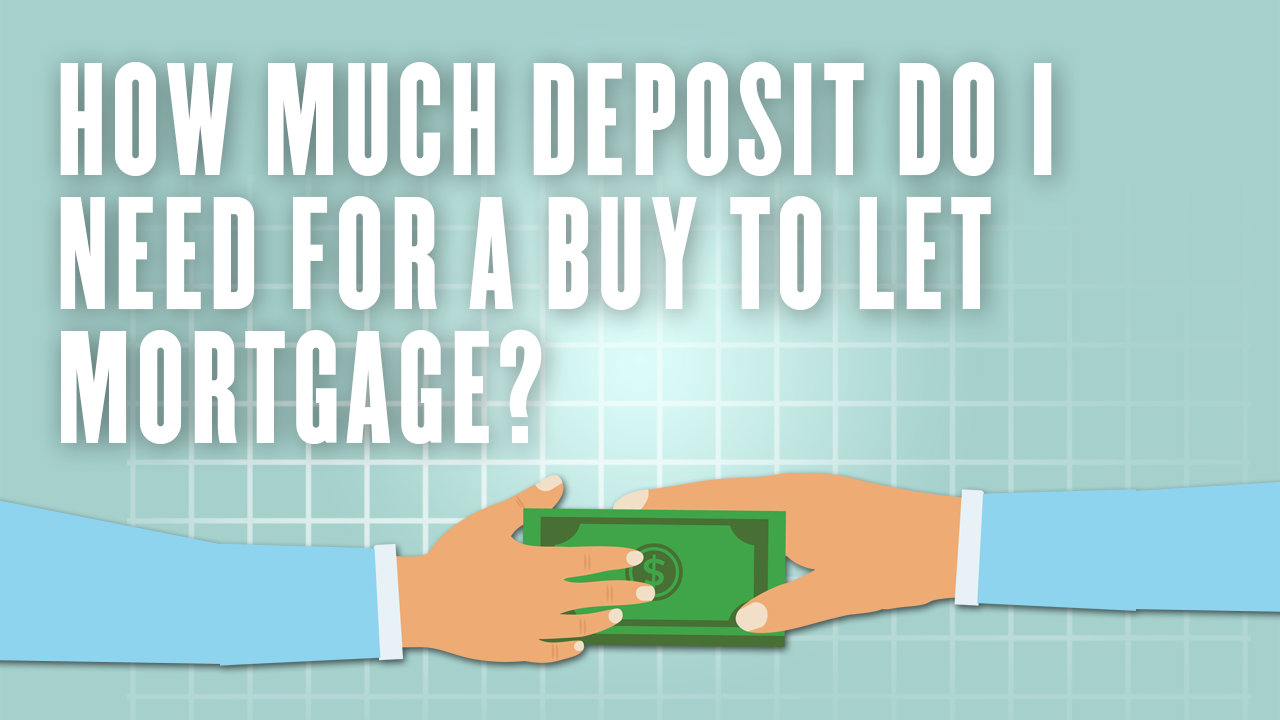If you’re contemplating investing in a rental property, it’s crucial to grasp the intricacies of the buy to let system and the various aspects and hurdles associated with securing a buy to let mortgage.
What is buy to let mortgage?
A buy to let mortgage is specifically designed for properties intended for renting. If you intend to lease your property, a buy to let mortgage is essential. While it shares similarities with a standard mortgage, where you borrow a substantial sum for a defined period, there are significant distinctions to consider. Given that you won’t reside in the property, it entails specific nuances.
How buy to let mortgages work?

One notable distinction lies in the fact that the majority of buy to let mortgages operate on an interest-only basis. Consequently, your monthly payments solely cover the loan’s interest, leaving the principal amount untouched. While this results in lower monthly payments, you must be prepared to either settle the entire loan, sell the property, or refinance at the mortgage term’s conclusion. Essentially, you can purchase the property, generate rental income for the agreed term (e.g., 25 years), and subsequently repay the mortgage by selling the property.
Repayment mortgages, where both capital and interest are repaid in monthly instalments, are infrequent in the realm of buy to let properties. Implementing such a mortgage would necessitate charging higher rent to cover the increased monthly cost. Nonetheless, this arrangement grants flexibility at the mortgage’s end, allowing you to continue renting and retaining the full rental income or selling the property without mortgage obligations.
Another pivotal disparity between residential and buy to let mortgages pertains to the borrowing amount. In the buy to let context, your borrowing capacity is determined by the projected rental income, not your personal income. Therefore, if the property boasts size or an ideal location, you can command higher rent, consequently securing a more substantial mortgage.
The third distinction lies in the deposit requirement. Buy to let mortgages are perceived as riskier by lenders, leading to a common stipulation of a larger deposit, typically around 25% or more. Similar to standard mortgages, a larger deposit enhances the attractiveness of mortgage offers, so it’s advisable to provide the most substantial deposit possible.
Who can get a buy to let mortgage?
If you intend to lease your property, securing a buy to let mortgage is essential. Many lenders perceive buy to let mortgages as higher risk, and eligibility criteria may vary from one lender to another, encompassing the following considerations:
- While not always a prerequisite, some lenders may require that you already possess a property of your own, whether fully owned or with an existing mortgage.
- A sound credit history is typically expected, with a manageable level of other financial commitments, such as credit card debt.
- You might need to demonstrate separate income from employment or self-employment, typically around £25,000 or more annually. Earning less than this could pose challenges with certain lenders when seeking approval for your buy to let mortgage.
- Lenders often stipulate a maximum age requirement, typically around 75 years, though some may set lower age limits.
- A loan-to-value ratio (LTV) limit of at least 75% is common, meaning you’ll need a minimum deposit of 25% for your bu to let mortgage.
- The amount you can borrow hinges on your rental income, either current or anticipated. Lenders usually require your rental income to cover at least 125% of your mortgage repayments.
How much deposit do I need for a buy to let mortgage?

To secure a mortgage for an investment property, you’ll typically require a deposit amounting to a minimum of 20-25% of the property’s value.
Similar to traditional residential mortgages, the rate you can access improves with a larger initial deposit. The most attractive buy to let offers are typically reserved for investors who can put down deposits of 40% or more.
Lenders, during their affordability assessment, take into account your existing property portfolio (more on this topic later) and your prior track record in obtaining and repaying buy to let financing.
Buy to let and tax
-
Capital Gains Tax
For individuals falling within the basic rate tax bracket, the Capital Gains Tax (CGT) on second properties, such as buy-to-let, incurs an 18% charge. Meanwhile, those in higher or additional tax brackets face a 28% CGT rate. In contrast, other assets are subject to a basic CGT rate of 10% and a higher rate of 20%.
If you sell your buy-to-let property at a profit, CGT applies when the gain surpasses the annual threshold, which stands at £6,000 for the 2023/24 tax year. Couples who co-own assets can pool this allowance, potentially enabling gains of up to £12,000 (in 2023/24) during the current tax year.
To mitigate your CGT liability, you can deduct expenses like Stamp Duty, solicitor and estate agent fees, or losses incurred from selling a buy-to-let property in a previous tax year from any capital gains.
Any profit from the property sale must be disclosed to HMRC, and the applicable tax must be settled within 30 days. The capital gain is integrated into your overall income and taxed at your marginal rate (either 18% or 28%). Importantly, it’s not feasible to carry forward or backward any unused CGT annual allowance, so it must be utilized within the current tax year.
-
Income Tax
The rental income you receive is considered taxable earnings and may be subject to Income Tax. It should be reported on your Self Assessment tax return for the tax year in which it was earned.
In England, Wales, and Northern Ireland, the tax rate can range from 20%, 40%, to 45%, contingent on your Income Tax band. In Scotland, the tax rates may be 19%, 20%, 21%, 42%, or 47%.
Certain allowable expenses, such as letting agent fees, property maintenance, and Council Tax, can be deducted from your rental income to reduce your tax liability.
Tax is applicable to your rental income only when your total income for the tax year surpasses your personal allowance.
-
Mortgage Interest Tax Relief
Landlords can no longer employ the strategy of deducting mortgage interest from rental income to lower their tax liability. Instead, you will receive a tax credit equivalent to 20% of the interest component in your mortgage payments. This alteration in the regulations might result in a considerably higher tax burden than previously anticipated.
Buy to let mortgages for first-time buyers
If stepping onto the property ladder in your local area proves challenging, the thought of acquiring an investment property elsewhere and renting it out may have crossed your mind.
The good news is that obtaining a buy-to-let mortgage as a first-time buyer is indeed possible, albeit not without its challenges.
For instance, securing an advantageous deal might necessitate a larger deposit than what seasoned investors typically require, given the limited range of mortgages accessible to you.
Furthermore, some perks afforded to first-time homebuyers, particularly in relation to stamp duty, might elude you. This is because, if your initial property isn’t intended for your own residence, you won’t qualify for first-time buyer relief.
Nonetheless, you won’t face the same tax obligations as non-first-time buyers investing in buy-to-let properties; you will be subject to the ‘home mover rate,’ aligning with what a non-first-time buyer purchasing a residential property would pay.
Should you eventually purchase a property for personal residency while retaining your buy-to-let investment, you will be liable for the full buy-to-let/second home surcharge.
Additionally, obtaining a mortgage for your future primary residence might pose challenges, as lenders will scrutinize any outstanding debt tied to your buy-to-let mortgage.
MORE Buy To Let blogs HERE:
Buy To Let Defaults Surge with Rising Rates
Cashing Out of Buy To Let? Top Places to Make a Quick Sale
